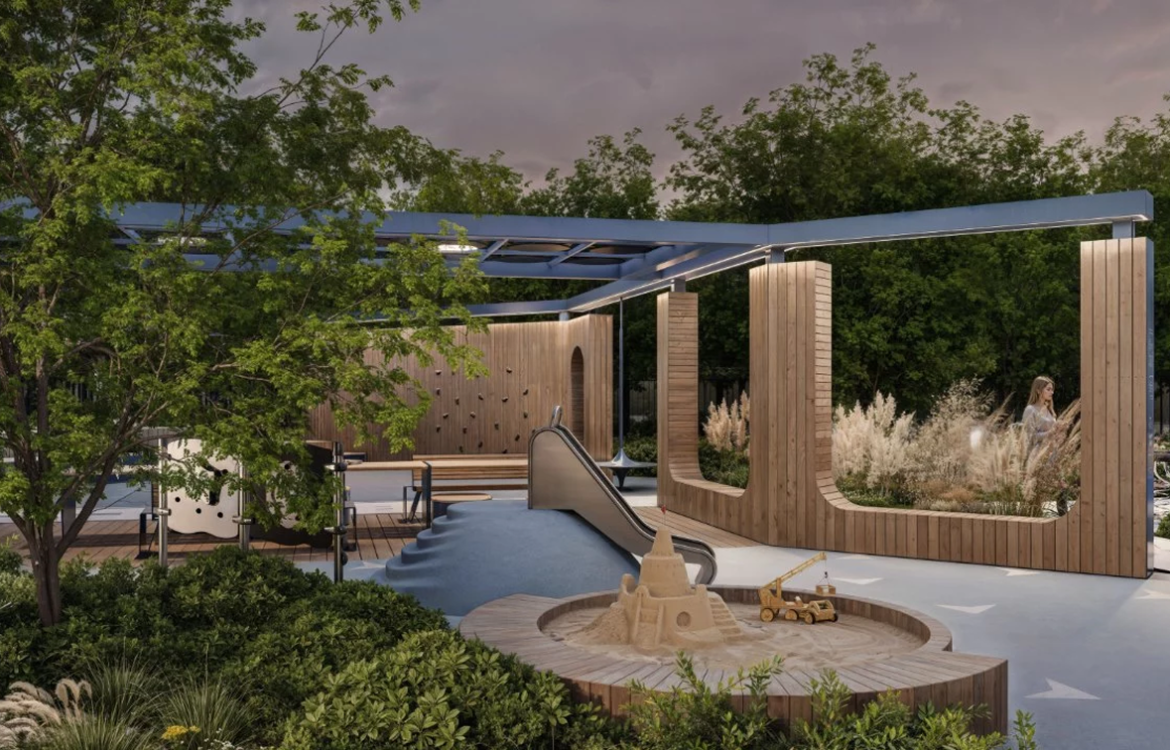Challenges in Implementing Social Architecture
-
Balancing Diversity: Designing spaces that accommodate varied cultural, age, and ability groups requires inclusive planning.
-
Urban Density: High-density UK cities face challenges creating sufficient social spaces without compromising privacy.
-
Budget Constraints: Public projects often struggle to prioritise social architecture amid financial limitations.
-
Changing Social Norms: Remote working and digital communication impact how physical spaces are used.
Future Trends in UK Social Architecture
-
Digital Integration: Smart city technologies monitor and respond to social behaviour patterns to optimise public space use.
-
Sustainability: Green spaces and eco-friendly design support both environmental and social wellbeing.
-
Participatory Design: Engaging communities in the design process ensures spaces meet real social needs.
-
Health-Focused Design: Post-pandemic considerations prioritise ventilation, spacing, and outdoor interaction areas.
Practical Tips for Enhancing Social Architecture
-
Prioritise pedestrian and cycling infrastructure.
-
Include diverse public spaces catering to different activities and groups.
-
Use lighting and landscaping to create inviting, safe environments.
-
Encourage mixed-use development to blend living, working, and leisure.
-
Design with flexibility to accommodate future changes in social behaviour.
Conclusion
Social architecture in the UK is more than a design trend — it is a vital framework shaping how communities thrive in complex urban settings. By intentionally crafting spaces that foster positive social interaction, UK planners, architects, and policymakers can enhance mental health, safety, and community resilience.
Advertising
As cities evolve, integrating social architecture principles ensures that physical environments support not only individual needs but collective wellbeing, making the UK’s urban and rural spaces more inclusive, connected, and vibrant places to live and work.

